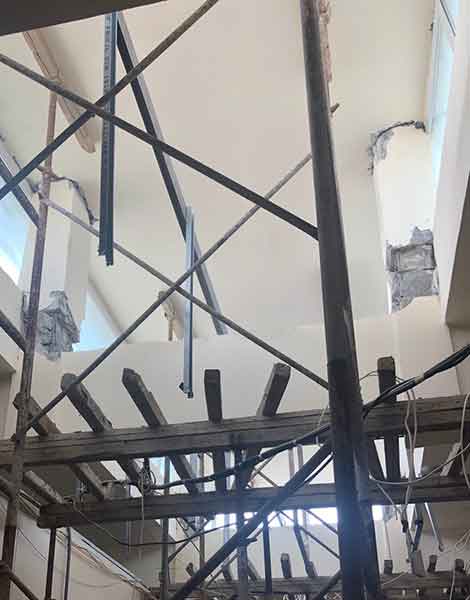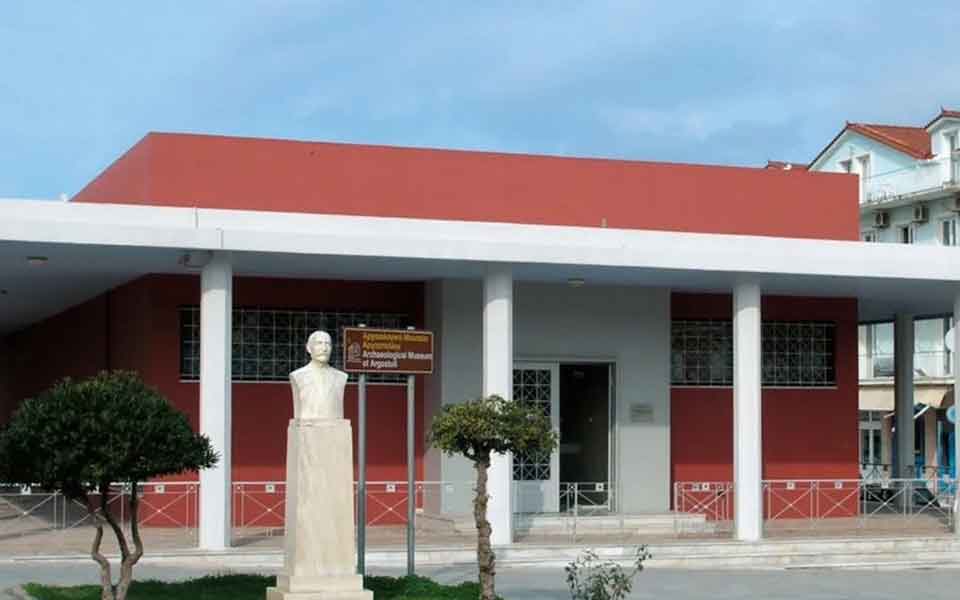The Greek Ministry of Culture and Sports has announced plans to fully restore and reopen the Archaeological Museum of Argostoli on Kefalonia, which closed its doors to the public in 2014 after sustaining severe earthquake damage.
A preliminary study on the structural and geometrical redesign of the existing building, located south of Argostoli’s main square, has received unanimous approval by the country’s Council of Museums. Reconstruction works will follow the existing aesthetics and morphological elements of the building, but with significant upgrades for the interior spaces and facilities.
In a statement, Culture Minister Lina Mendoni said: “Argostoli, with its large number of international visitors every year, has been without an archaeological museum since 2014, when the building was damaged by the strong earthquake that hit the island at that time. It is really sad that an island with such an important cultural heritage should remain without a museum all these years. After the completion of the procedures for modifying the adjacent road, the Ministry of Culture and Sports will proceed with the reconstruction of the Archaeological Museum of Argostoli, according to modern requirements and specifications.”


© Hellenic Ministry of Culture and Sports
The original museum, also known as the Kefalonia Museum, was destroyed by an earthquake in 1953. The current building was designed and built in the form of a temple pavilion in 1960, by renowned Kefalonian architect Patroklos Karantinos. Until its closure in 2014, the museum housed permanent exhibitions, conservation laboratories, storage areas for archaeological finds, and administrative offices.
The museum’s permanent collections included a wide array of antiquities from excavations on Kefalonia, and ranging in date from the prehistoric to the Roman periods. Among the highlights was an extensive collection of Mycenaean artifacts. Many of these objects had been recovered from the Late Bronze Age cemeteries of Lakkithra and Diakata, including a well-preserved gold necklace, made of pairs of twisted gold spirals, a conical kylix cup, and a large two-handled krater (mixing bowl), all dating to the 12th century BC.
Other items on display included pottery and jewelry from the area around Melissani Lake, ancient glassware, a number of 3rd-century BC tombstones, and an impressive 2nd-century BC mosaic from the temple of Poseidon.
The planned redesign of the museum will maintain the existing building’s size and overall volume, but will incorporate major technological and functional upgrades for its interior.












